Navigation auf uzh.ch
Navigation auf uzh.ch
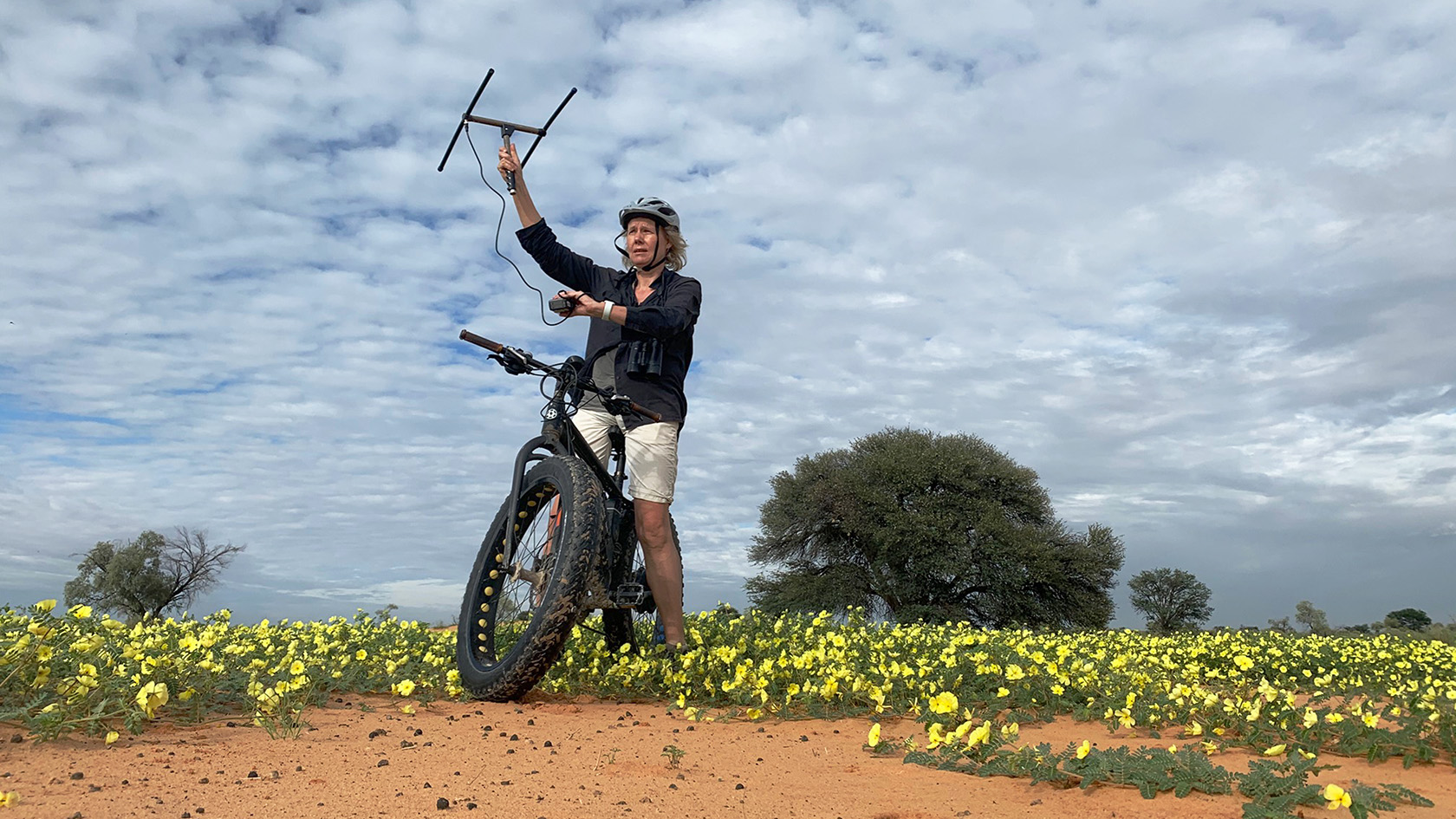
Most of the research conducted at the Faculty of Science (MNF) takes place in and around UZH’s Irchel campus in Zurich. Some MNF researchers, however, get to go out into the wild to uncover new and exciting insights. Some travel to Siberia or Greenland to study calving glaciers, fjords and permafrost and analyze the effects of climate change. Or their research brings them to West Africa, where they investigate the behavior of chimpanzees, while others might find themselves listening to meerkat calls in the Kalahari desert or observing the social lives of dolphins down under in Western Australia.
“People often have a romantic view of field research,” says Stephan Neuhauss, vice dean of research at MNF. “It may sound like an adventure, but it’s actually hard work.” Besides scientific expertise, researchers need various other skills if they want to succeed in the field. Negotiating with local authorities and cooperating with people on the ground requires diplomatic and communication skills, for example. It also takes organizational skills, for example when planning travel routes to remote places and making sure research equipment arrives there in one piece. UZH’s research outposts not only benefit the research community but also play a crucial role in training the next generation of scientists. “The best way to learn how to work in the field is by doing it,” says Stephan Neuhauss.
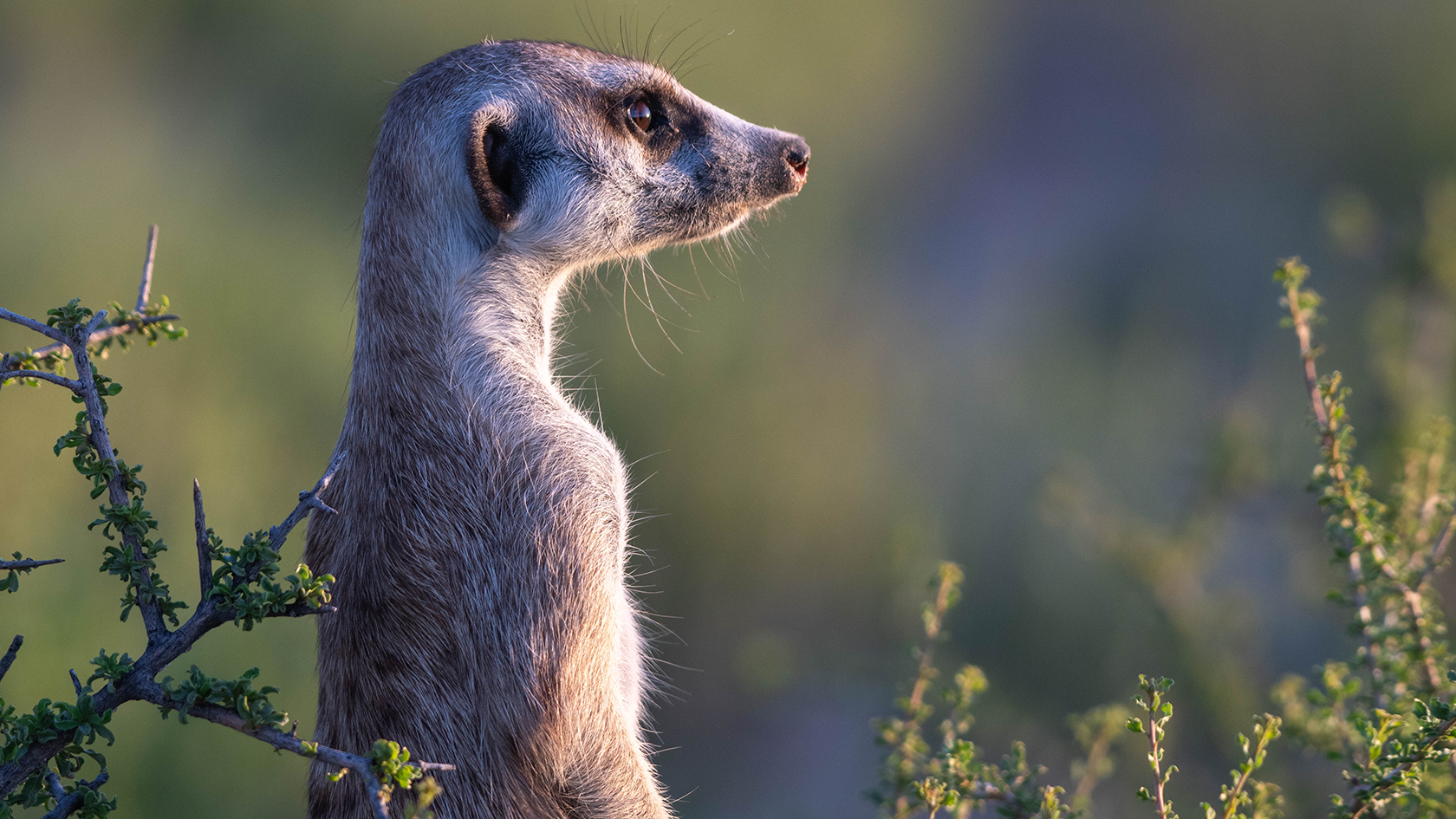
Researchers at the Kalahari Research Centre (KRC) in the north of South Africa have been observing and investigating meerkats and other local species in their natural habitats for over 25 years. Their research not only focuses on the animals’ social behavior and communication but also how climate change, which can also be felt in the Kalahari Desert, is affecting their behavior. UZH behavioral biologist Marta Manser has been involved in the KRC’s long-term studies right from the start and has served as the field site’s director since 2017. The KRC is the oldest and largest research station in which UZH is currently involved. Over the past years, it has been a temporary home to more than 10 international teams and over 400 researchers working on research projects in the fields of animal behavior, ecology, physiology and genetics.
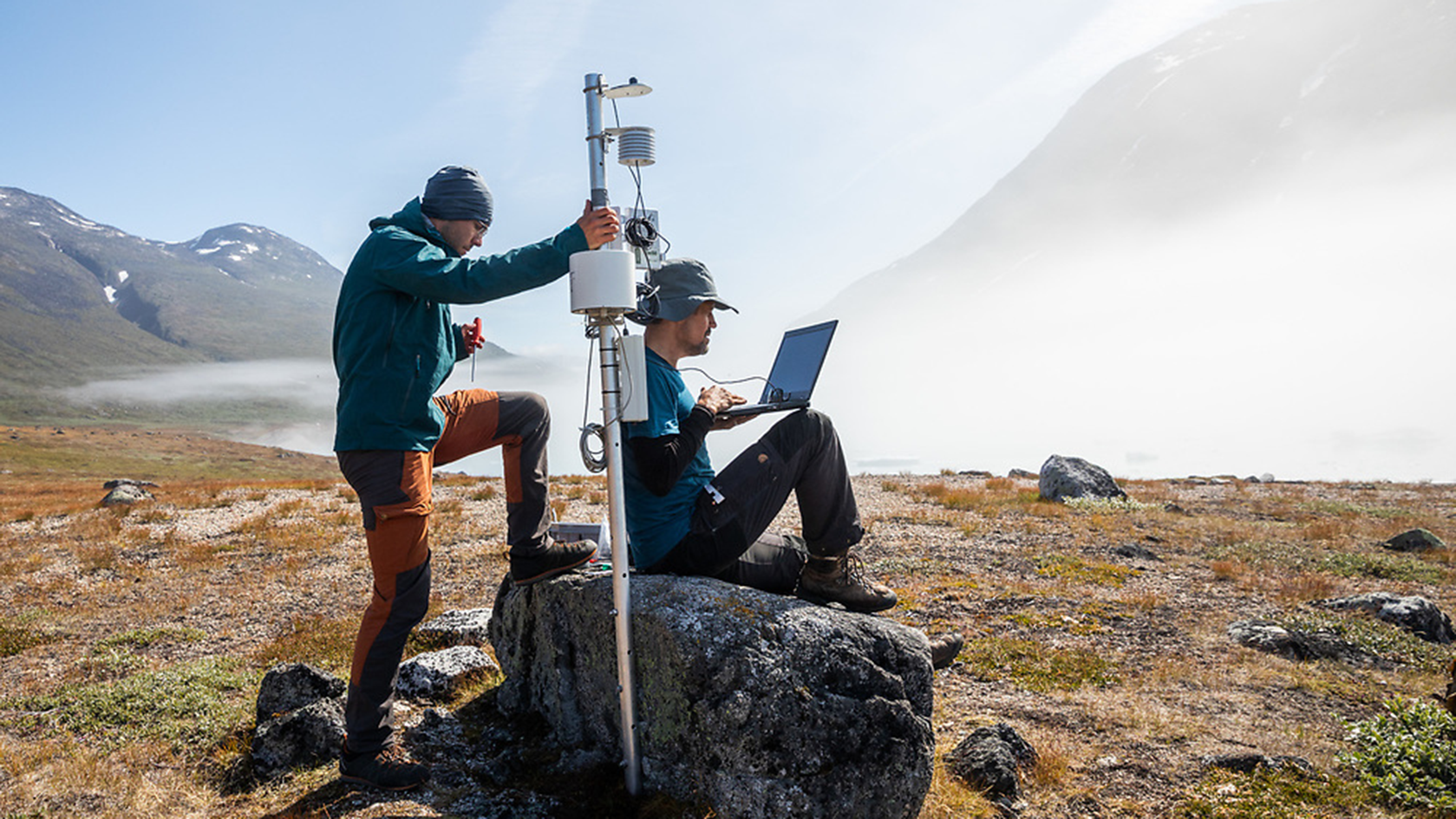
Weathering the harsh conditions of Southern Greenland, UZH glaciologist Andreas Vieli and his team conduct their research on the Eqalorutsit Kangillit Sermiat glacier. The glacier flows into a fjord, with chunks of ice, or growlers, of various shapes and sizes constantly breaking off and dropping into the open water, where they draft off as sheets of ice or icebergs in a process known as “calving”. Using sophisticated measuring equipment, including a fiber-optic cable spanning eight kilometers along the front of the glacier that can record acoustic vibrations, the researchers are investigating the interplay between the glacier and the fjord, and how climate change is affecting it. The research conducted by Andreas Vieli and his team is part of the interdisciplinary GreenFjord project of the Swiss Polar Institute, which aims to analyze the influence of climate change on the ecosystem in Greenland’s fjords. The project brings together multiple Swiss research institutions and international partners.
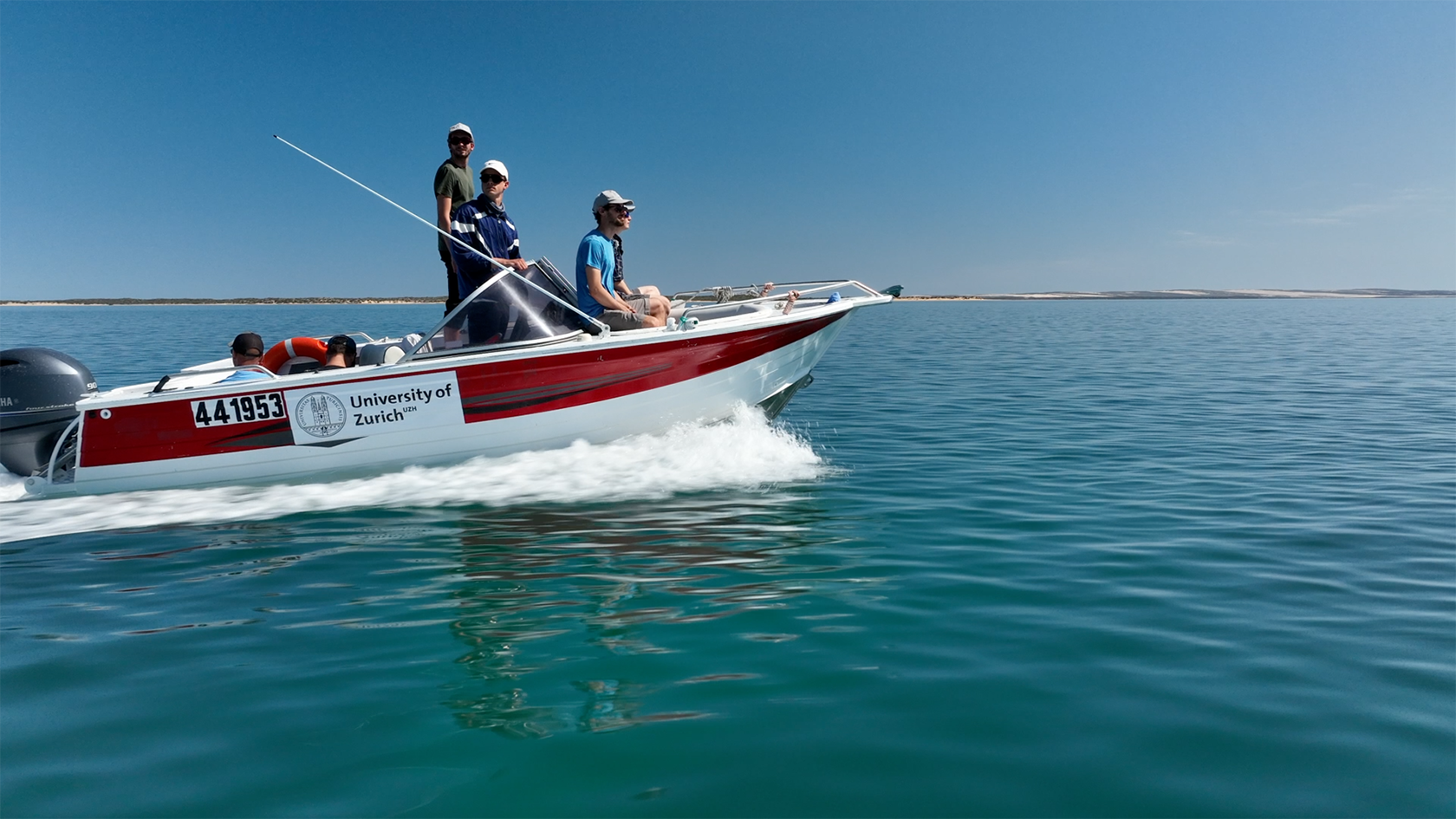
The famous dolphins of Shark Bay World Heritage Site, a huge bay off the coast of Western Australia, have been studied by researchers from UZH and the University of Bristol since 1982. This makes it the longest running dolphin research project in the world. UZH anthropologist Michael Krützen heads up this research work together with US and UK researchers. Krützen and his team also investigate the complex social behavior of these fascinating animals, among other things. In their field studies, they were able to show that male dolphins form stable and less stable alliances and that popular males with a high number of alliance partners produce more offspring. The UZH researchers also showed that dolphins, similar to great apes, learn new foraging techniques not just from their mothers, but also from their peers.
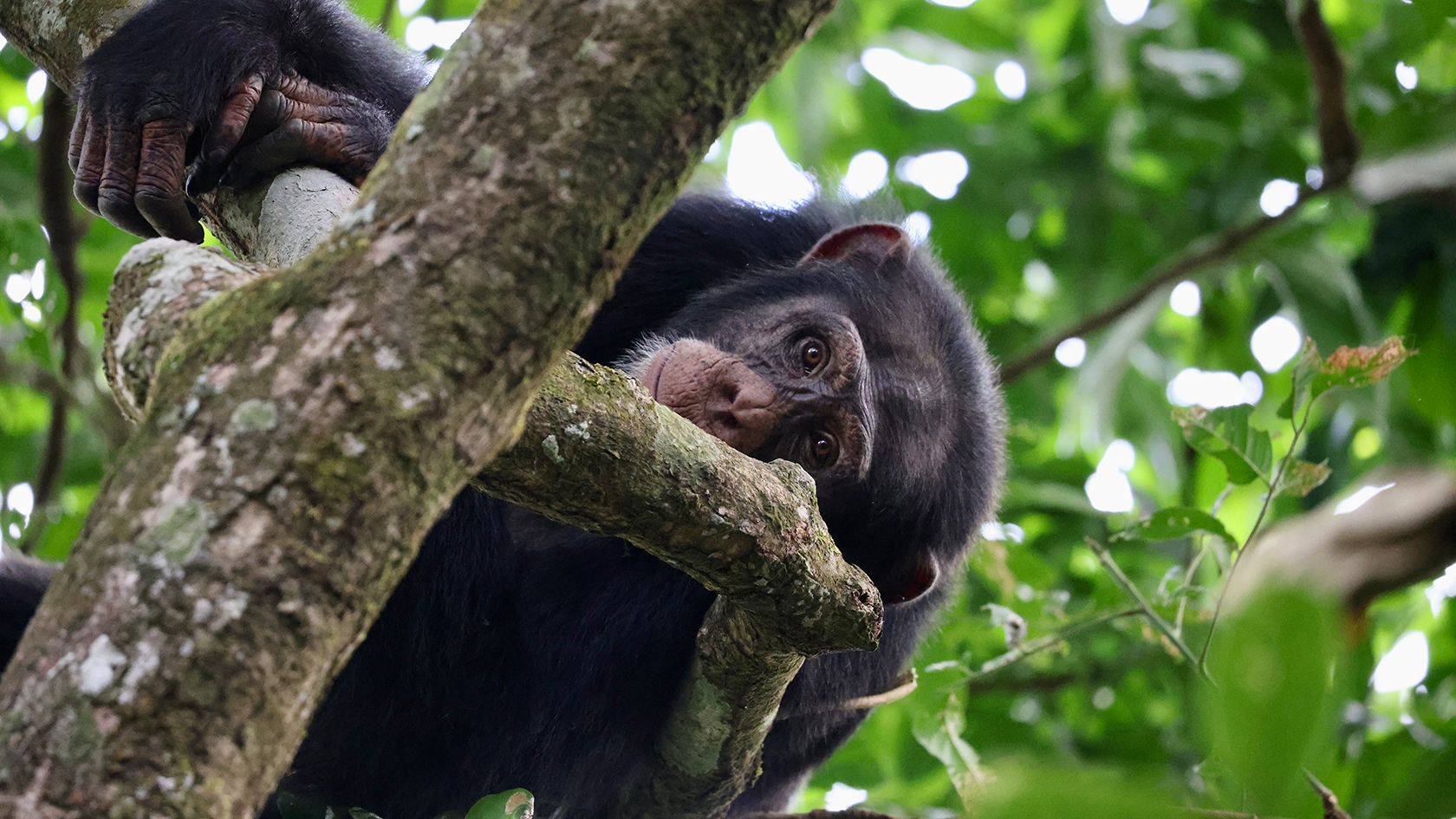
Great apes roam the tropical forests of the Nimba mountain range in Guinea in West Africa and the Congo Basin in Central Africa. This UNESCO World Heritage Site is also home to the MNF-run Nimba Chimpanzee field site, the only mountain chimpanzee research station in the whole of Africa. The station, established in 2003, is where UZH anthropologist Katheljne Koops studies the behavior and ecology of great ape populations in the wild. In one field experiment, UZH researchers showed that mountain chimpanzees don’t automatically know how to crack nuts using tools but need to learn this skill from others. Chimp culture is therefore more similar to human culture than previously assumed.
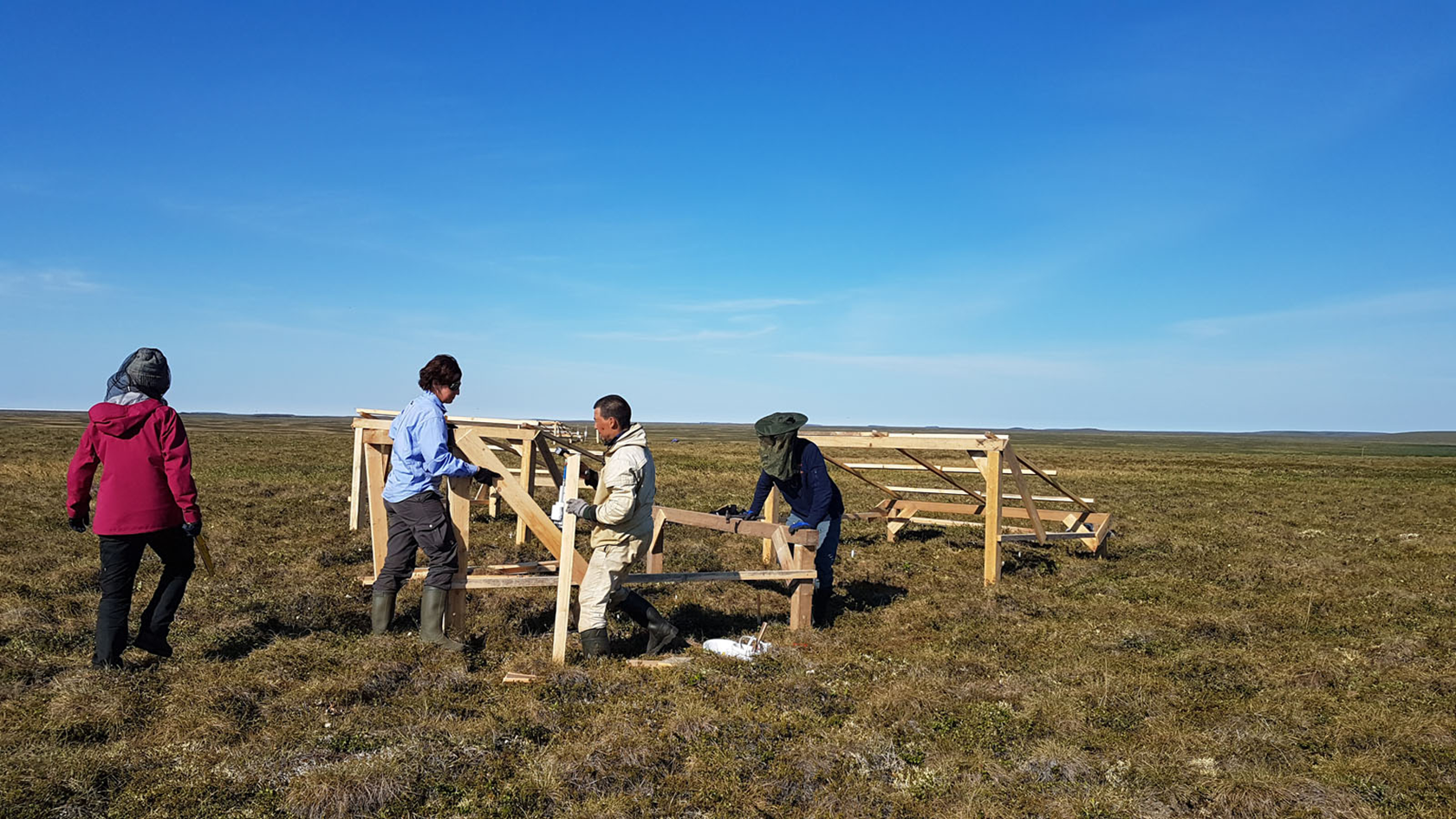
A blue research tent bearing a white UZH logo has been pitched in Kytalyk National Park in the north-east of Yakutia (Siberia) since 2016. Here, north of the Arctic Circle, is where environmental scientist Gabriela Schaepman-Strub used to spend her summers, along with a team of between five and 10 researchers – until the war in Ukraine broke out, that is. Schaepman-Strub conducts research on the interactions between the ecosystem of the Siberian tundra and its thawing permafrost soil. The vast frozen peat bogs store a tremendous amount of carbon. When temperatures rise and the soil thaws, massive amounts of methane are released. The data collected by the UZH researchers in the region are a crucial contribution to developing climate models that can predict future changes in the Arctic. “Recently, the region has been struggling with extreme drought,” says Schaepman-Strub. As a result, raging wildfires spread across Siberia. To analyze the effects this has had on the region’s biodiversity and ecosystem from afar, the researchers have had to resort to using satellite data. If and when they will ever be able to return to Kytalyk remains to be seen.
This article war first published in UZH Magazin 4/2023